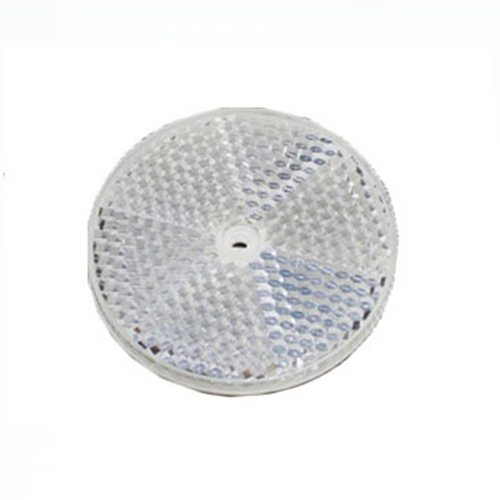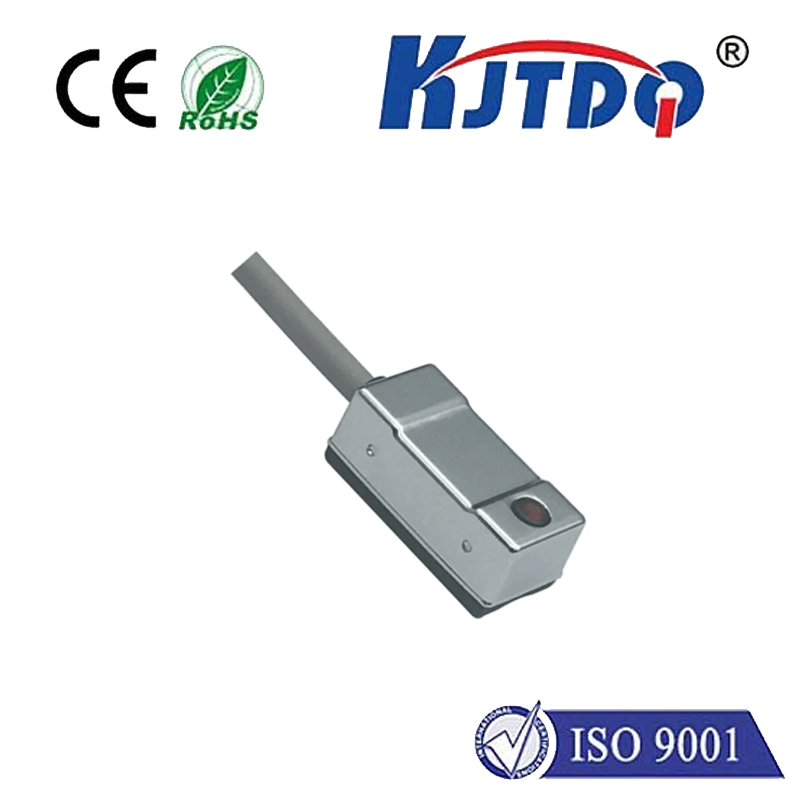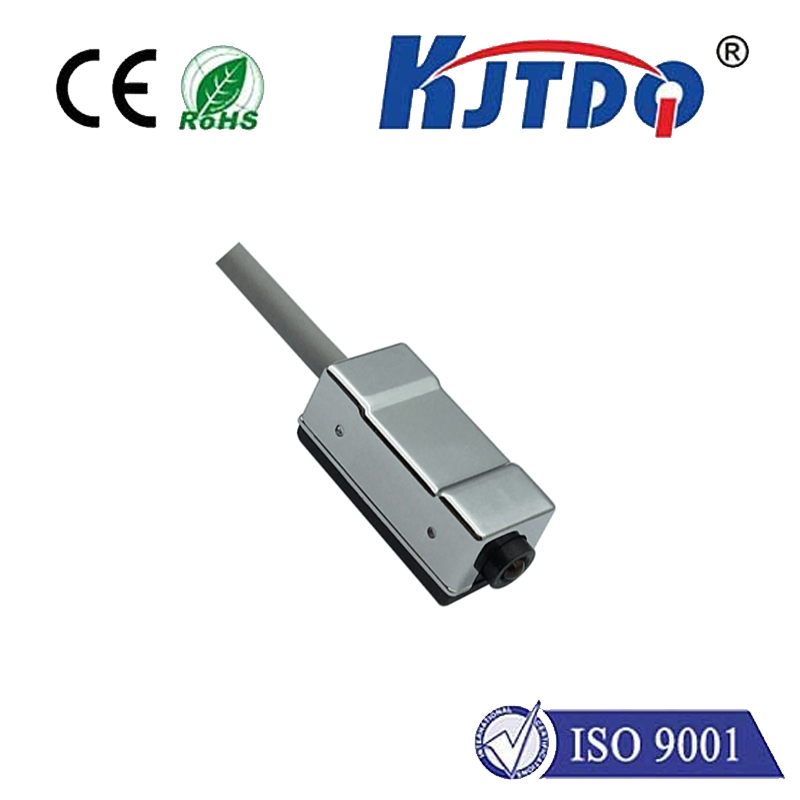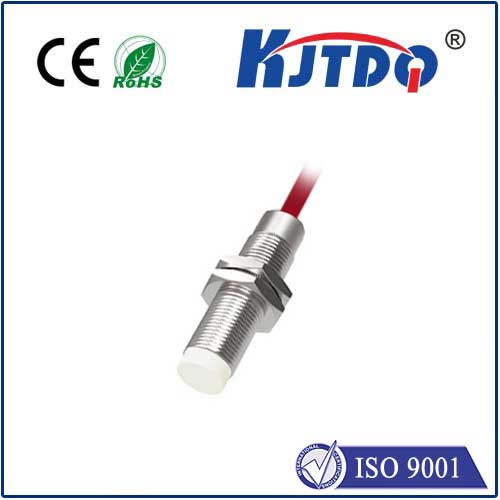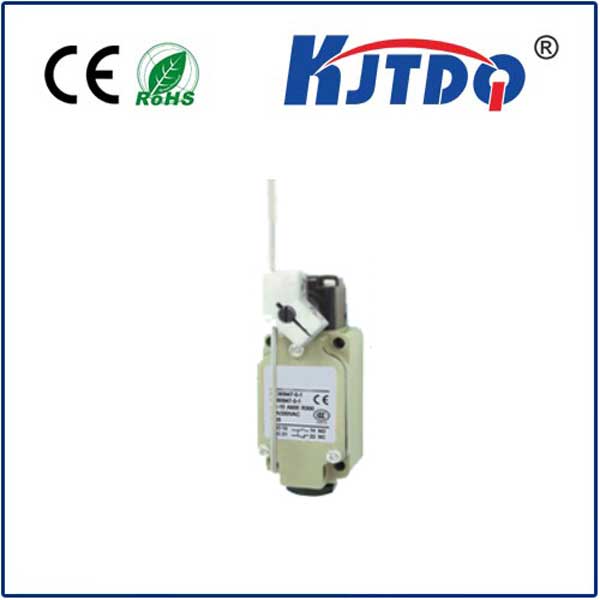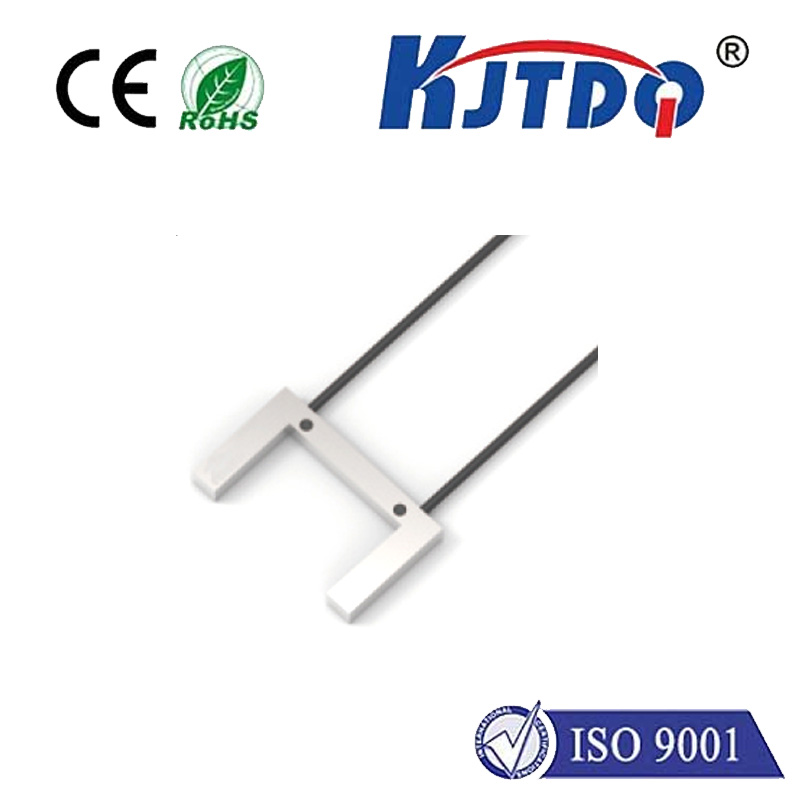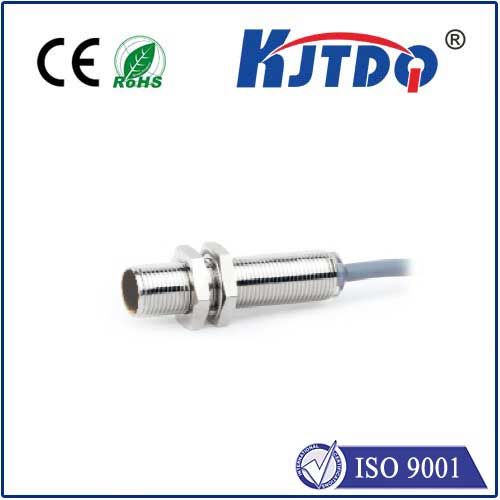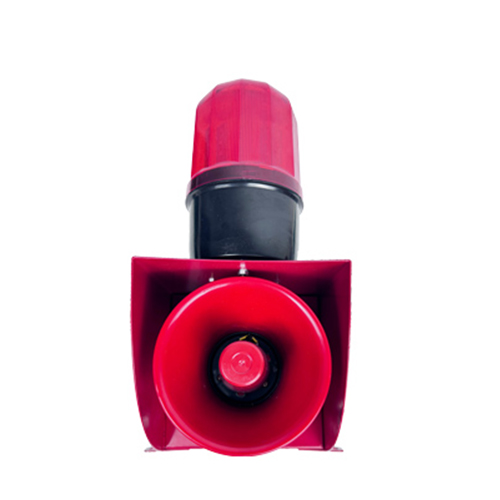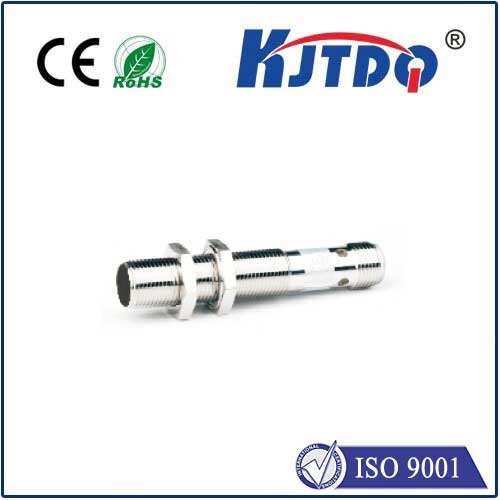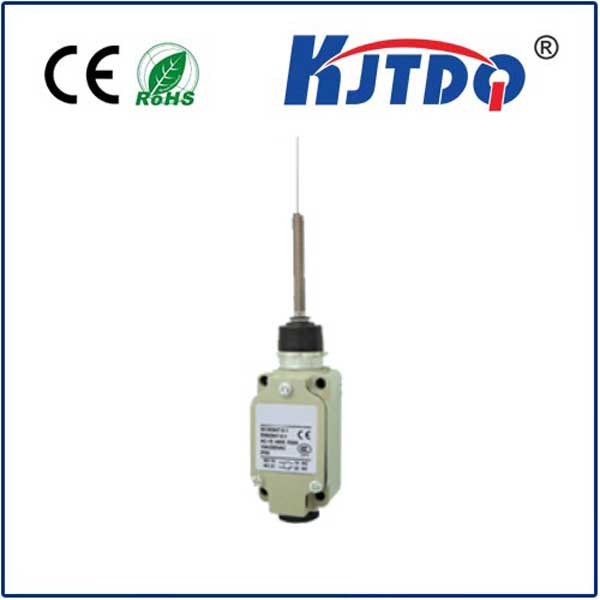

check

check

check

check

check

check

check

check

check

check
The advent of ultra-low power proximity sensors has revolutionized the way we interact with our devices. These innovative sensors offer a unique combination of high accuracy, low power consumption, and long-range capabilities that make them an essential component in various IoT (Internet of Things) applications. In this article, we will delve into the technology behind ultra-low power proximity sensors, their applications, and how they are transforming the IoT industry.
Section 1: The Science Behind Ultra-Low Power Proximity Sensors
Ultra-low power proximity sensors operate on the principle of capacitive coupling, where two electrically charged objects are brought close to each other, and a voltage is generated between them. This voltage is then measured to determine the distance between the objects. The sensor's design and architecture play a crucial role in determining its power consumption and accuracy.
Section 2: Applications of Ultra-Low Power Proximity Sensors
Ultra-low power proximity sensors find numerous use cases in various industries, including healthcare, industrial automation, automotive, and home automation. In healthcare, these sensors can be used to monitor patients' vital signs and detect early signs of illness. In industrial automation, they can be used to automate tasks such as object detection, inventory management, and quality control. In the automotive industry, they can be used to monitor vehicle health, track fuel efficiency, and improve safety features. Finally, in home automation, they can be used to control lighting, temperature, and security systems.
Section 3: Advantages of Ultra-Low Power Proximity Sensors
Ultra-low power proximity sensors offer several advantages over traditional proximity sensors, making them a popular choice for IoT applications. Some of these benefits include:
1. High accuracy: Thanks to their advanced design and architecture, ultra-low power proximity sensors offer high accuracy levels, ensuring reliable data collection and analysis.
2. Long range: These sensors can measure distances from up to several meters, making them ideal for large-scale IoT applications that require extended sensing capabilities.
3. High reliability: Due to their robust design and low power consumption, ultra-low power proximity sensors have a higher level of reliability than traditional sensors, ensuring consistent performance even under extreme conditions.
4. Low cost: With their reduced power consumption compared to traditional sensors, ultra-low power proximity sensors are generally more affordable, making them accessible to a wider range of industries and applications.
Conclusion:
Ultra-low power proximity sensors are transforming the way we interact with our devices and are playing a crucial role in driving innovation in various industries. As technology continues to evolve, it is likely that we will see further advancements in these sensors' design and capabilities, making them even more powerful and versatile tools for IoT applications.
